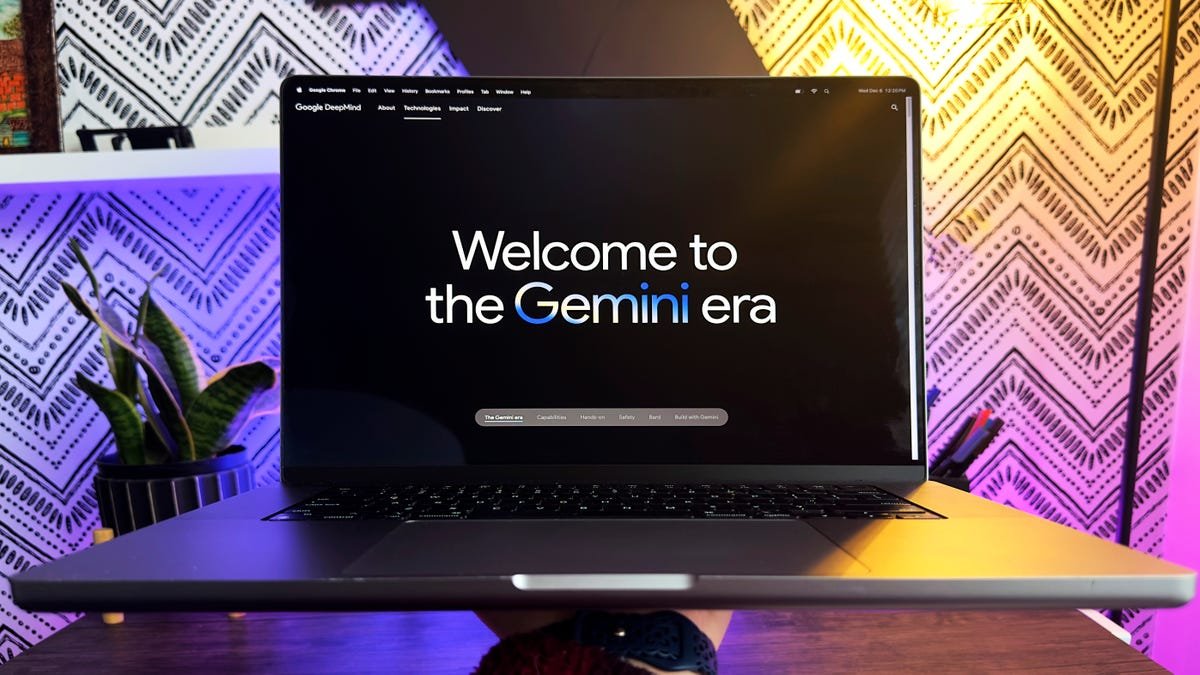OpenAI’s Sora: A Breakthrough in AI Video Generation
In the ever-evolving world of artificial intelligence, OpenAI’s Sora has emerged as a standout tool, captivating users since its initial announcement back in February 2023. With its innovative features and focus on realism, it poses a significant challenge to existing AI video technologies.
Advanced Capabilities of Sora
Sora’s Turbo variant provides users with the ability to create videos up to 20 seconds long in stunning 1080p resolution. This capability offers an enhanced sense of movement and realism that rivals its contemporaries in the industry. OpenAI has dedicated the last nine months to refining this state-of-the-art model, collaborating closely with filmmakers, creative professionals, and industry specialists.
When you delve into the Sora platform, you’ll find an interface reminiscent of Midjourney, the popular image generation tool. However, Sora also introduces distinctive features such as video remixing and blending, creating possibilities for more creative expression. Among the most exciting enhancements is the Storyboard feature, which allows users to independently place images or text prompts along a timeline. This tool helps in controlling transitions and filling in gaps more effectively than many competing platforms.
Navigating Sora’s Limitations
While Sora is undoubtedly a technological marvel, it does have its constraints. Users on the basic plan, which costs $20 per month, can generate only 50 videos and are limited to 720p resolution with a maximum length of 5 seconds. Furthermore, features like video creation involving people are restricted to subscribers of the ChatGPT Pro plan, which costs $200 per month. This plan is not yet available in regions like the EU or the UK, making it a less attractive option for some potential users.
The Changing Landscape of AI Video Generation
Sora entered the market during a period of significant transformation in AI video technology. Several groundbreaking models have emerged, notably from Chinese tech companies, along with major updates to established platforms like Runway and Pika Labs. Emerging players such as Luma Labs’ Dream Machine and Haiper are also gaining traction, while the open-source Mochi-1 continues to attract attention.
1. Exploring Runway’s Features
Runway has established itself as one of the leading platforms in this sector. As the pioneer of commercial synthetic video models, it has consistently enhanced its offerings. With accurate lip-synching, advanced motion controls, and the latest Act-1 feature for animating AI characters, Runway remains a formidable competitor.
Their recent Gen-3 update allows users to generate videos starting at 10 seconds in length. The platform includes capabilities for image-to-video conversion and convenient collaboration tools, enabling teams to work seamlessly on AI-generated content. Offering a free plan with 125 credits and a standard plan for $15 per month, Runway is an accessible option for creators.
2. Luma Labs Dream Machine: A New Challenger
Luma Labs’ Dream Machine burst onto the scene with cutting-edge realism and impressive motion. Originally touting just a 5-second limit for video generation, it has evolved into a collaborative platform where users can interact with AI-like chatbots, creating projects together.
With the incorporation of the Photon AI image generator, Dream Machine has elevated the quality and realism of its outputs. Additionally, users can expand their clips easily, facilitating the creation of dynamic and evolving stories. A free plan offers 30 generations monthly, while the upgraded Lite Plan is priced at $9 per month.
3. Kling: The Intuitive Interface
Kling AI, developed by Chinese video platform Kuaishou, has carved out its niche with features that enhance the user experience. Kling allows for longer video lengths and excels in following prompts accurately. Its user-friendly interface offers both image-to-video and text-to-video generation, all while capturing emotional nuances through dynamic camera movement.
Users appreciative of visual storytelling will find Kling particularly appealing due to its impressive tracking abilities for character movements. Although Kling is free with daily credit limits, a membership option starting at $10 per month provides additional resources.
4. Hailuo MiniMax: Realism Redefined
Hailuo MiniMax has established itself within an impressively short timeframe, known for its demonstration of realistic human motion and high-quality rendering. This model has expanded to include text generation and enhanced interfaces, allowing for a more engaging creation process.
Unique capabilities like image-to-video live functions have caught the attention of creators looking to produce animations or anime-style projects. With a competitive plan available for $9 per month allowing for 1,000 credits, Hailuo continues to engage and attract users.
5. Haiper’s Innovative Framework
Unlike its peers, Haiper emphasizes an underlying model that is adept at prompt-following. Now in its v2.5 model, the platform includes enhancements in motion smoothing and keyframing, making it a versatile choice for users looking to experiment with different concepts.
With its unique floating prompt box feature and various templates for meme creation, Haiper has positioned itself as an accessible tool for both casual and serious creators. The free credit offering and low-cost subscription option add to its appeal.
Honorable Mention: Genmo Mochi-1
In the domain of AI video models, Mochi-1 stands out as an open-source alternative. Although it operates slightly differently—running on personal computers rather than the cloud—it continues to provide flexible, customizable solutions for video creation. Genmo has fostered a community-driven approach, allowing for rapid adaptation and enhancement of the model.
Concluding Thoughts on the Future of AI Video Tools
With advancements like OpenAI’s Sora, the landscape of AI video generation is more dynamic than ever. As emerging platforms innovate and old favorites evolve, users are presented with a rich array of options to explore and utilize. Whether you’re creating cinematic masterpieces or casual video content, the right tool is now more accessible than ever.
In summary, the future of AI video technology is not just about competition; it’s a collaborative environment ripe for ingenuity and creativity. As features become refined and new models emerge, users can expect ever-greater potential for self-expression through this revolutionary medium.
For those looking to delve into the world of AI-generated video content, 2023 has set the stage for an exhilarating journey. As platforms continue to develop, the possibilities truly are endless.







